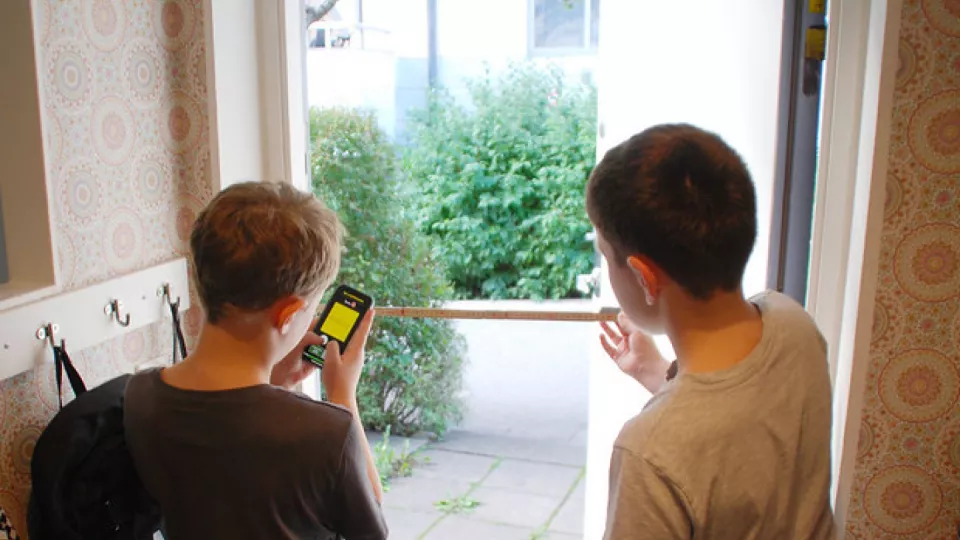*This is a press release originally sent from VA (Public & Science).
– Sweden’s population is getting older, and many seniors want to keeping living in their homes for as long as possible. Unfortunately, their ability to do so is often limited by environmental obstacles such as stairs, thresholds and narrow doors, says Susanne Iwarsson, a professor at the Centre for Ageing and Supportive Environments (CASE) at Lund University, who is responsible for the scientific aspects of the Housing Experiment.
In order for society to be able to offer housing that is adapted to the needs of the population, knowledge is needed about the environmental barriers that exist in Swedish flats, terraced houses and detached houses. It is precisely this knowledge that is to be developed in the Housing Experiment. In order to gather as much information as possible, Susanne Iwarsson and her research colleagues are enlisting the help of Sweden’s seniors and school pupils, along with anyone else who wants to participate in the research.
– The issue of accessible housing affects all of us, and I hope that as many people as possible will want to get involved. The more people who participate, the better our basis will be, says Susanne Iwarsson.
With the help of a ruler and a mobile app, the participants answer questions about, e.g., door width and threshold height. The method is based on over 20 years of accessibility research. The results are presented continuously in an open database that will show the accessibility situation in various parts of the country.
– So far, almost 2,000 people have reported that they want to participate in the Housing Experiment, but there’s room for many more. Everyone who wants to contribute to increased knowledge about accessibility is welcome, says Martin Bergman, an investigator at VA (Public & Science).
The “Bostadsförsöket” app can be downloaded from the App Store and Google Play.
